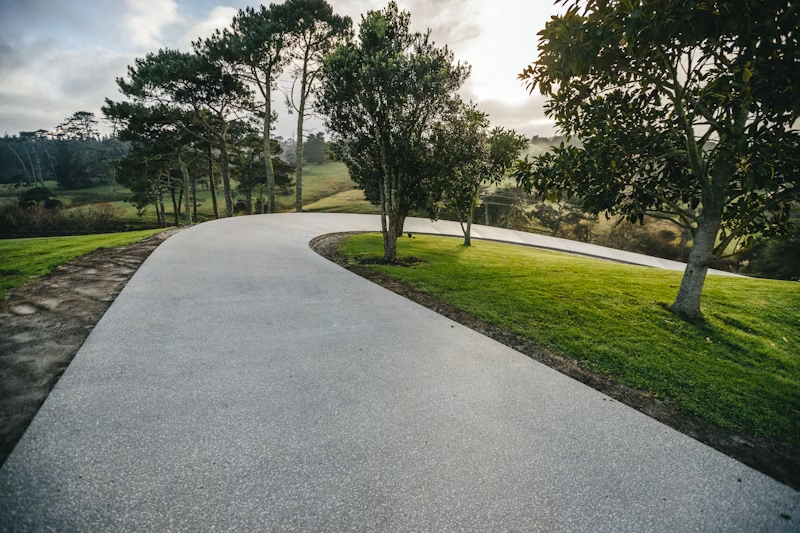Plastic Cracking
Plastic cracking occurs when the concrete you have just placed and finished is exposed to warm drying wind, and then develops cracking over the surface of the concrete.

Plastic cracking occurs when the concrete you have just placed and finished is exposed to warm drying wind, and then develops cracking over the surface of the concrete.


"*" indicates required fields